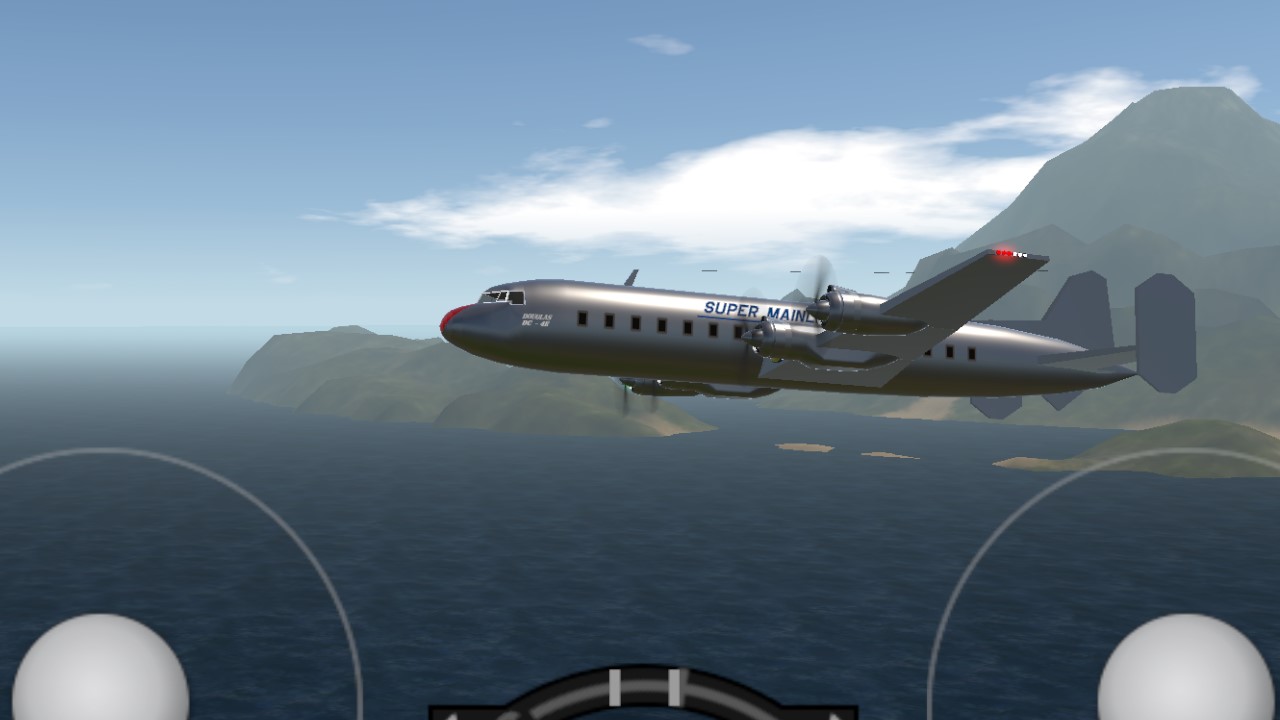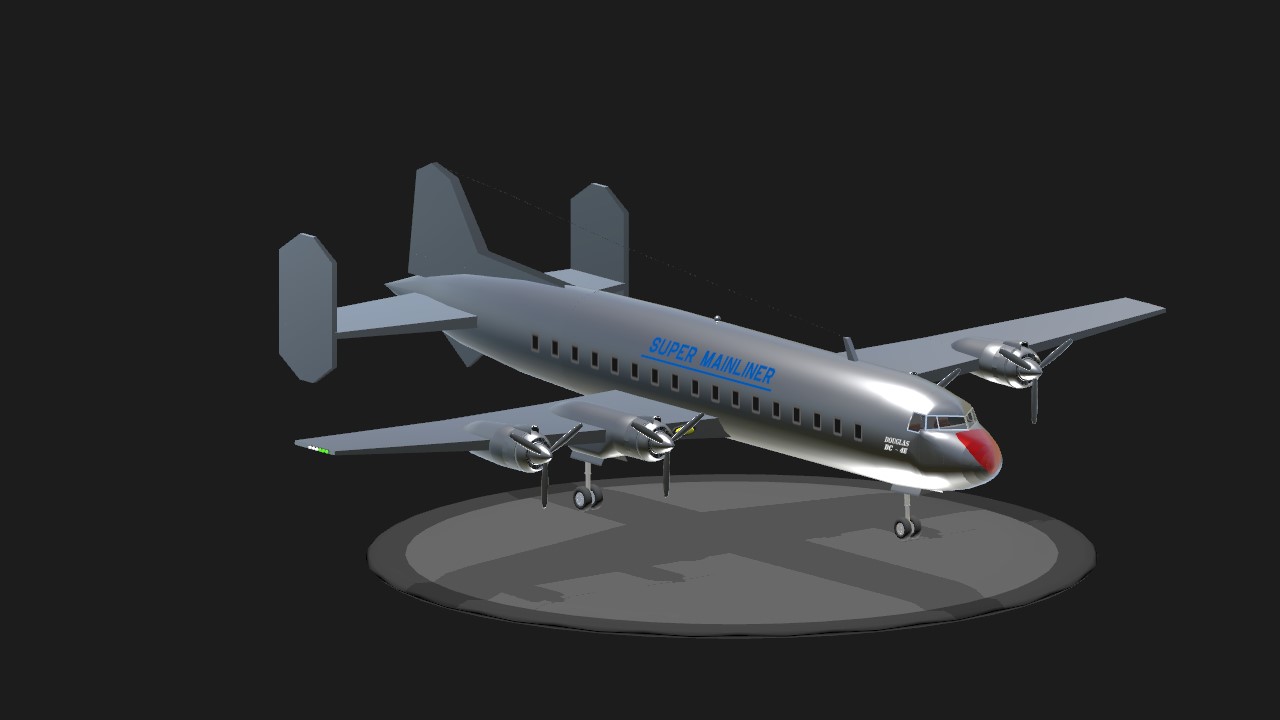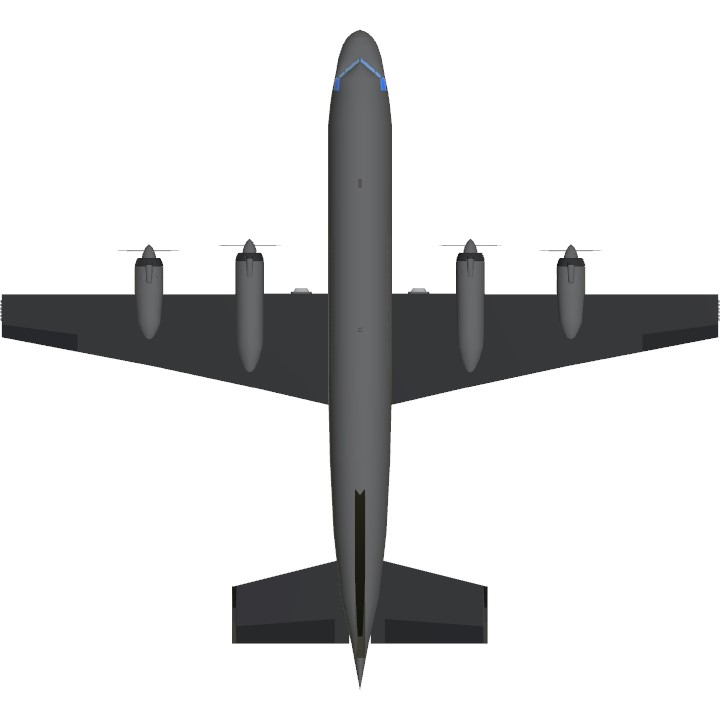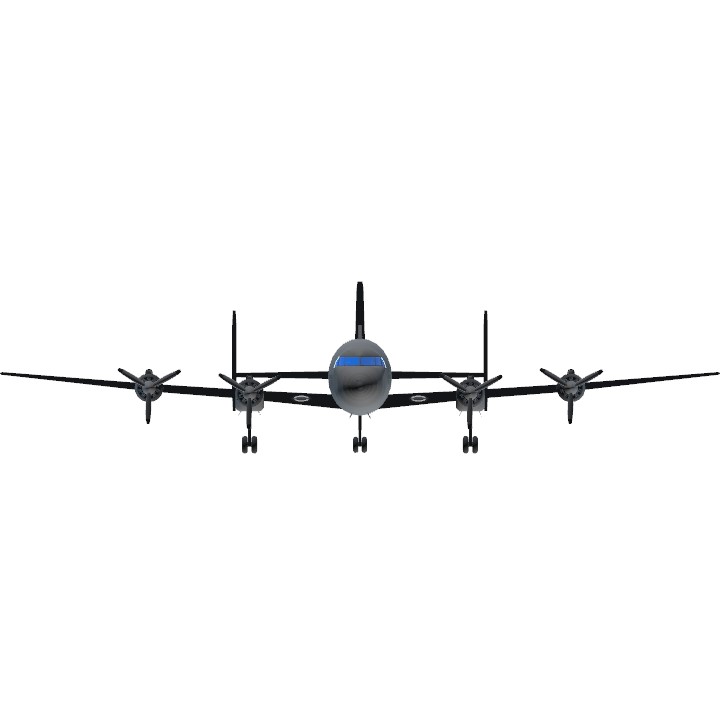Much like the DC-3 model that preceded it, the Douglas DC-4 left a strong legacy and was a mainstay in commercial aviation for several decades. However, did you know that the aircraft has its roots in an experimental design that would later be dubbed the DC-4E? The plane was developed before the arrival of the Second World War, but the design was later scrapped in favor of another approach. The wheels for an aircraft like the DC-4 were in motion for a considerable amount of time before the plane even came to be. Indeed, United Airlines sought the development of a larger replacement for the DC-3 even before the type performed its maiden flight, paving the way for newer, bigger designs such as the DC-4 model.At the same time, other major commercial aviation players in the United States, such as TWA, Pan American, Eastern, and American Airlines, also had similar requirements. As a result of this, the carriers joined together and contributed $100,000 each for Douglas to develop the solution. However, with costs rising, operators soon began turning their interests to the Boeing 307 Stratoliner. The goal was to have a capacity of 42 seats or 30 beds (as was the case for the Douglas Sleeper Transport, a modified DC-3). According to Boeing, the aircraft's "complete sleeping accommodations [included] a private bridal room."Going by the name of the Douglas DC-4, the aircraft would be the first large plane with a nosewheel. The prototype, the Douglas DC-4E, was planned to succeed the company's Douglas Sleeper Transport (DST) edition of the DC-3 and was essentially designed to handle transcontinental services across the United States.
Specifications
General Characteristics
- Predecessor Douglas DC-6
- Created On iOS
- Wingspan 82.2ft (25.1m)
- Length 75.4ft (23.0m)
- Height 21.4ft (6.5m)
- Empty Weight 33,565lbs (15,225kg)
- Loaded Weight 44,896lbs (20,364kg)
Performance
- Horse Power/Weight Ratio 0.133
- Wing Loading 39.6lbs/ft2 (193.3kg/m2)
- Wing Area 1,134.2ft2 (105.4m2)
- Drag Points 8766
Parts
- Number of Parts 198
- Control Surfaces 9
- Performance Cost 998






